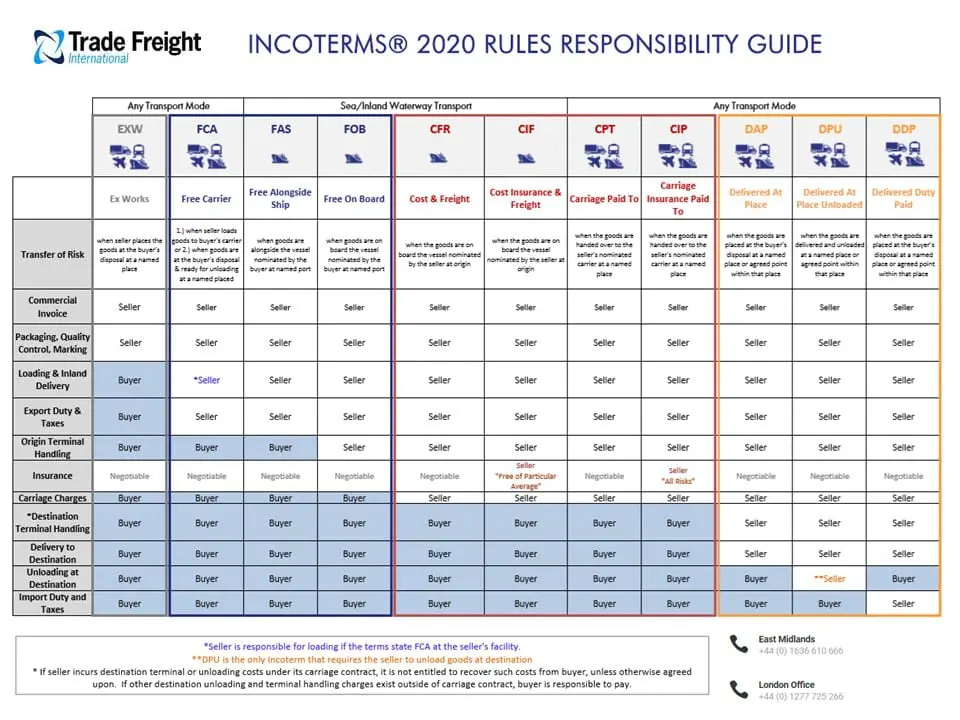Amazon recently got caught short when it denied it knew that its drivers were forced to resort to using bottles for toilets. Its subsequent explanation was that the reported incidents were a result of facilities being closed due to COVID19.
It’s certainly true that COVID19 has closed a lot of facilities formerly used by HGV drivers. It is, however, also true that there were issues with a lack of facilities for drivers long before COVID19. So why is this and what can be done about it?
The practicalities of HGV driving
Car drivers make journeys with an average length of under 10 miles. They travel at an average speed of around 60mph. HGV drivers, by contrast, make journeys with an average length of 60 miles. They travel at an average speed of around 50mph.
This means that HGV drivers are on the road for much longer than car drivers and have more limited options for pulling over safely. The sheer size of HGVs makes it much harder to park them safely.
Putting all this together means that HGV drivers have limited opportunities for using the sort of facilities available to regular car drivers. Essentially, they may be able to use them when they are making collections/deliveries. This will, however, only be a very small part of their day.
The issue of facilities for HGV drivers
HGV drivers spend most of their time on major roads, especially motorways. These tend to be places regular drivers will only stop if they’re desperate. As a result, any facilities are generally “truck stops”. Although the logistics sector places a huge role in the UK’s (and world’s economy), there are much fewer HGVs than cars. This means that demand is more limited.
With limited demand, it’s hardly a surprise that there is also limited supply. That’s at the best of times. Right now, is definitely not the best of times. Even though logistics is classed as an essential industry, food outlets (such as service stations) are not. There is a strong case for arguing that service stations should have been. That’s now a moot point.
Currently, the UK looks to be on track for a proper (i.e. sustainable) reopening over the course of spring/summer 2021. This means that, in principle, food outlets can start serving again. In practice, there are no guarantees. Much will depend on the nature of the UK’s reopening.
For example, if remote/hybrid working stays part of the “new normal”, then online shopping may remain at current levels. In that case, the consequent demand from the logistics industry may encourage businesses to reopen. If, however, people go back to shopping in the real world, then businesses may decide just to close permanently.
Finding a way forward
COVID19 has forced a lot of industries to review the way they work. It seems reasonable enough that logistics should be one of them. In fact, there’s a strong case for arguing that the logistics industry needs to review the way it works so that it can encourage more people to become HGV drivers.
Traditionally, the logistics industry has relied heavily on third parties to provide services to drivers. To be fair, this system has worked fairly well for a very long time. It was never perfect but nothing ever is. The pandemic, however, made its shortcomings clear. That doesn’t mean it should be abandoned completely. It does, however, mean that the industry needs to look at its options.
In particular, the industry may need to think very seriously about giving up some of its goods’ space to create facilities for drivers. As a minimum, there would need to be places for going to the toilet, washing and preparing food. Obviously, these would need to be well separated.
Ideally, there would be space for drivers to rest too. These facilities would not be intended to replace any proper facilities available. They would, however, be available if (when) drivers need them.
Please contact us for more information



Recent Comments